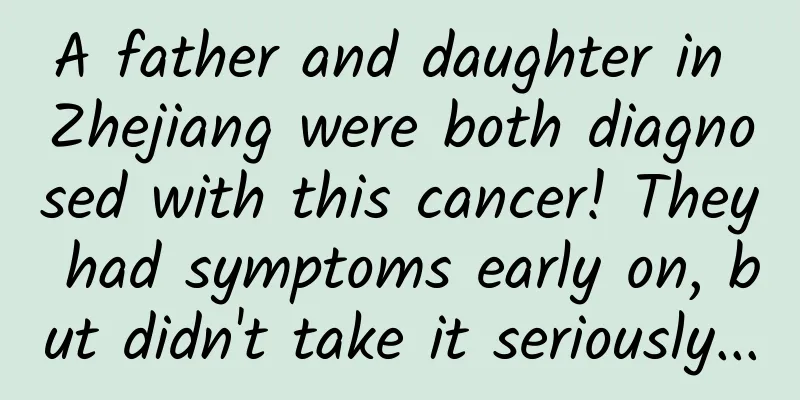Is it necessary to have a hysterectomy for uterine fibroids?

|
Having uterine fibroids is already very unfortunate for women. If the uterus needs to be removed because of uterine fibroids, it is even more unfortunate, especially for those women who are still in childbearing age and have not yet given birth to the fruit of love. This is undoubtedly a matter of adding insult to injury. So, is it necessary to remove the uterus for uterine fibroids? Are there other conservative treatment methods? Patients have symptoms such as menstrual changes, anemia, compression, but have no fertility requirements. At this time, if the fibroids are larger than 250px cm, or the number is more than 4, or there is a suspicion of malignancy, a total hysterectomy should be performed. If such patients choose myomectomy or subtotal hysterectomy, they may be at risk of myoma recurrence and cervical stump cancer in the future. The advantage of total hysterectomy is that it eliminates the possibility of recurrence of fibroids and avoids the occurrence of cervical stump cancer, but the blood circulation of the ovaries may be affected, and when the supporting structure of the pelvic floor is damaged, vaginal or rectal prolapse may occur. Subtotal hysterectomy is suitable for patients who have excluded cervical lesions, have complicated conditions (such as severe pelvic adhesions), and have difficulty in removing the cervix. Although subtotal hysterectomy preserves the integrity of the pelvic floor and can avoid or reduce the occurrence of postoperative prolapse, the preserved cervix is still prone to lesions, such as cervical stump myoma, cervical stump cancer, etc. Why can ovarian dysfunction occur even if only the uterus is removed? Some patients with uterine fibroids retain both ovaries during hysterectomy. However, since nearly half of the blood supply to the ovaries comes from the uterine arteries, the uterine arteries are cut off during hysterectomy, and the blood supply and nutrition to the ovaries is affected, which can also cause ovarian dysfunction. There may be early onset of menopausal symptoms such as hot flashes, sweating, and irritability, and the age of onset of geriatric diseases such as osteoporosis, hypertension, and heart disease is also advanced accordingly. According to statistics, the age of ovarian failure after hysterectomy, that is, the age of aging, is an average of 4 years earlier than that of women who do not undergo hysterectomy. Due to the decline in ovarian endocrine function, the decrease in estrogen secretion, and the decrease in vaginal secretions after cervical removal, vaginal dryness and discomfort during sexual intercourse may occur. At the same time, the vagina shortens after hysterectomy, which will also have a certain impact on sexual desire. Therefore, these patients also require estrogen replacement therapy. |
<<: Does a 50mm uterine fibroid require surgery?
>>: How to wash off the black marks on slippers
Recommend
What to do if a pregnant woman is at critical risk for Down syndrome screening
If the Down syndrome screening shows a borderline...
Breast Lift Surgery Introduction
Modern job competition is very fierce, and women ...
A woman got pregnant after quitting smoking for one month
Whether it is direct smoking or secondhand smoke,...
Reference for social network advertising effects from May to August 2016
Sina Weibo has just released its Q2 financial rep...
What are the benefits of eating shrimp cakes? Do fresh shrimp cakes use starch or flour?
Shrimp cakes can supplement the protein needed by...
The best time to have an abortion
Every couple has their own considerations on the ...
Hysterosalpingography Procedure
When female friends go to the hospital for infert...
The most obvious symptoms of corpus luteum rupture
The most obvious symptom of corpus luteum rupture...
My period has been delayed for 7 days and has not come yet
There are many obvious symptoms in women during m...
Why does a woman have pain in the left side of her abdomen?
When a woman has pain in the left lower abdomen, ...
Be careful of these reasons if your progesterone level drops suddenly!
Many expectant mothers need to do a progesterone ...
Brown discharge during non-menstrual periods
When this happens, it usually indicates vaginal b...
Excessive menstrual flow, blood clots and dysmenorrhea, let the experts tell you why
The menstrual volume is heavy and accompanied by ...
Female genital warts
If some women develop private warts, there are ma...
Why do I sweat a lot during my period?
Women have their period for a few days every mont...









